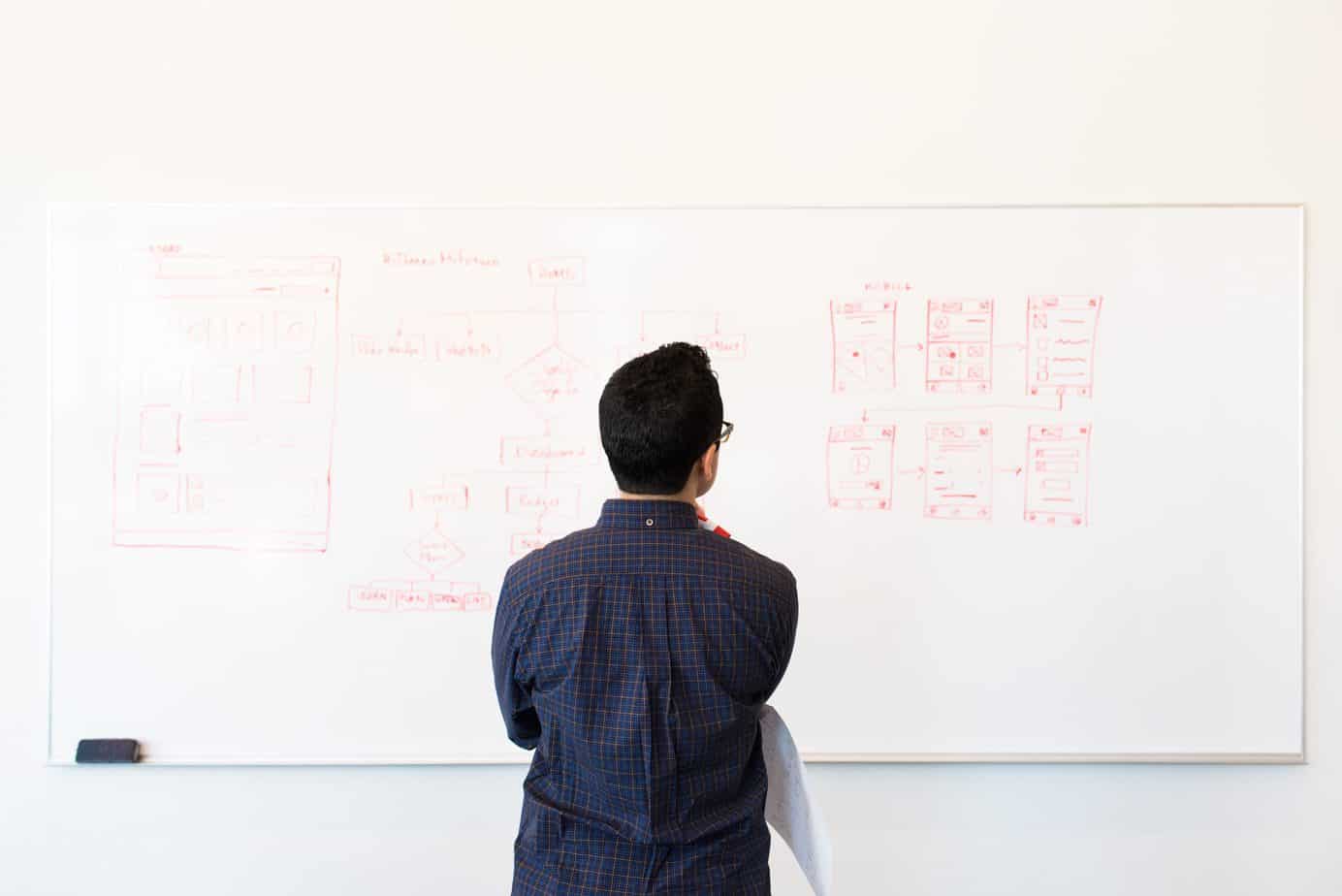A UX designer is responsible for understanding the needs and expectations of the user and designing an interface that meets these needs. They work with teams of engineers, product managers and marketers to create a seamless experience for the user at all touch points.
UX designers use various tools to design interfaces, including wireframes, prototypes, and mockups. They can also participate in usability tests to gather feedback from users.
The process of designing user interfaces that are both effective and attractive to users is known as UX design. The goal of UX design is to create intuitive, efficient and satisfying user experiences. This includes understanding how users think, feel and interact with digital products in order to make thoughtful decisions about the layout, structure and functionality of these products.


The work of a UX designer is never done. They are always working on new ways to improve the user experience of their products. This can include everything from redesigning the interface to finding better ways to collect data from users. A UX designer is also responsible for conducting tests and surveys to get feedback from users about how they use the product. All this work is done in an effort to create a more satisfying experience for the user.
A UX designer is responsible for making sure a website or app is easy to use. They do this by exploring and studying how people interact with digital products. They then use this information to design effective and engaging user interfaces.
User Experience designers are responsible for improving the usability and satisfaction of a product's users. They typically perform various tasks, including user research, wireframing, prototyping, and user testing. UX designers also work with developers to ensure that designs are implemented correctly.
A user persona is a fictional representation of your ideal customer. Creating user personas can help you better understand your customers and their needs, which in turn can help you create a product or service that is more tailored to their needs.
There are many ways to create user persona, but one common approach is to first list the key characteristics of your target customer. Then you can use this information to create a profile for each persona, including demographics, motivations and challenges.
User personas can be incredibly helpful when it comes to designing or improving your product or service. By taking the time to develop precise personalities, you will have a much better understanding of who your target customer is and what they need from you.
There is no single definition of information architecture, but it generally refers to the way information is structured and organized on a website or within an application. A good information architecture makes it easy for users to find what they need, and helps ensure that all information on a website is well organized and easy to understand.
One of the most important aspects of good information architecture is the creation of a user-friendly hierarchy. This means organizing content in a way that makes sense to users and enables them to easily find what they need. Hierarchies can be based on topics, functions or both. For example, you might have a hierarchy that starts with broad topics such as "products" and "services," and then breaks down into more specific categories such as "clothing" and "electronics".
Good information architecture also takes into account how people search online for information. To ensure that the content of your website is easily found by search engines, you must strategically use keywords throughout your website and content.

Creating user flows and wireframes is an essential part of designing a website or app. By creating these designs, you can better understand how the site or app will work and what features it will have. This helps ensure that the final product is both effective and user-friendly.
When creating user flows, it is important to consider the overall goal of the website or app. What do you hope users will do when they visit? Then break down every step that users need to take to achieve this goal. For example, if your goal is for users to sign up for a newsletter, their flow could look like this:
Creating user flows and wireframes is an essential part of designing a website or app. By creating these designs, you can better understand how users interact with your content and business in order to optimize the user flow.
Prototyping and user tests are important parts of the design process for new products. They help ensure that products are well designed and meet the needs of users. Prototyping allows designers to test ideas quickly and easily, while user tests help determine how well a product meets the needs of users. In addition, both prototyping and user testing can help identify potential problems with a product before it is released to the public.
To be a UX designer, you need to have excellent communication, problem solving and design skills. One must also be able to understand the needs of the user and think from the perspective of the user. In addition, it is helpful to have some coding experience and knowledge of various software programs.
The UX designer job market is growing rapidly, as more and more companies recognize the importance of designing user-friendly interfaces. According to Glassdoor, the average salary range for a UX Designer is around $103k per year. The lower end starts at $80k, depending on where they live (the higher wage typically goes to those who earn in California, USA). Even at the lower end of the salary spectrum is the highest salary that anyone will make in most traditional careers.

As the world becomes more digitized and automated, good UX design becomes increasingly important for companies to remain competitive. To create an effective and efficient user experience, it is necessary to first understand your users and their needs. After that, you can start developing designs that meet these needs and simultaneously ensure a positive user experience. Remember that UX design is an ongoing process and should be continuously refined on the basis of user feedback. By following these guidelines, you can create a successful UX design for your company.